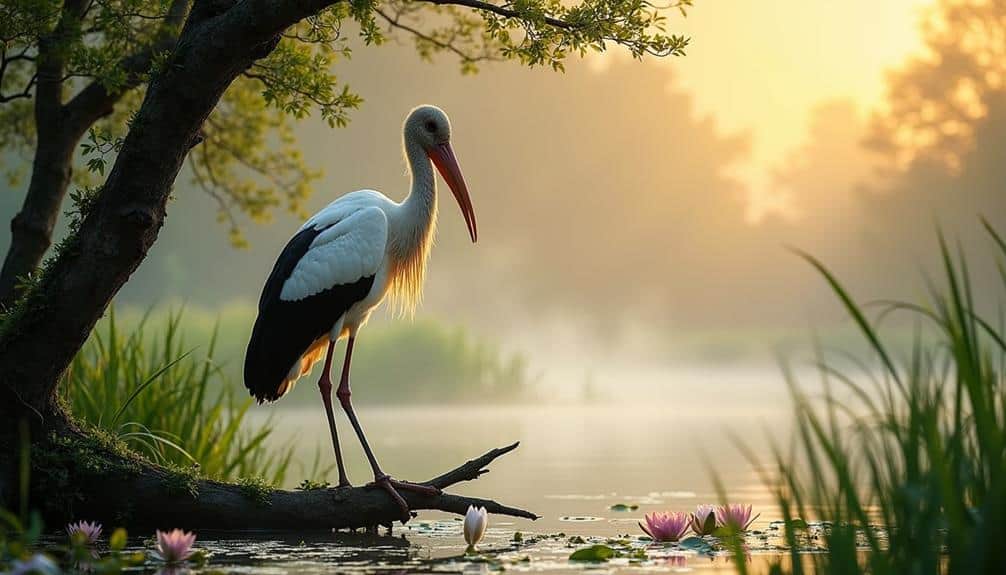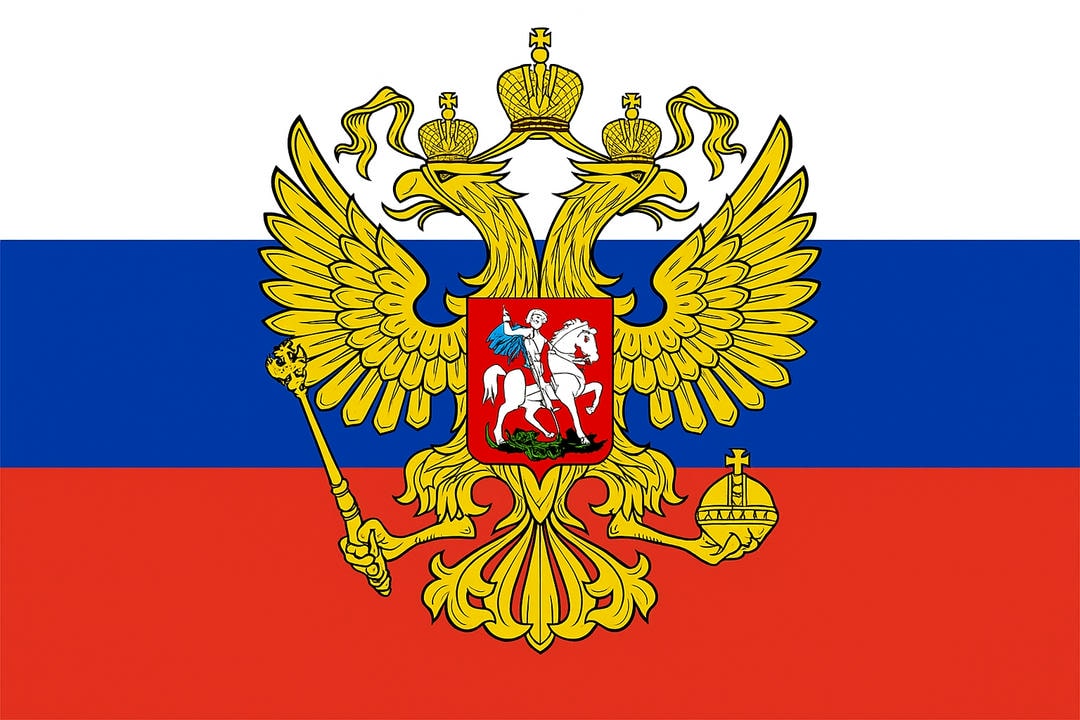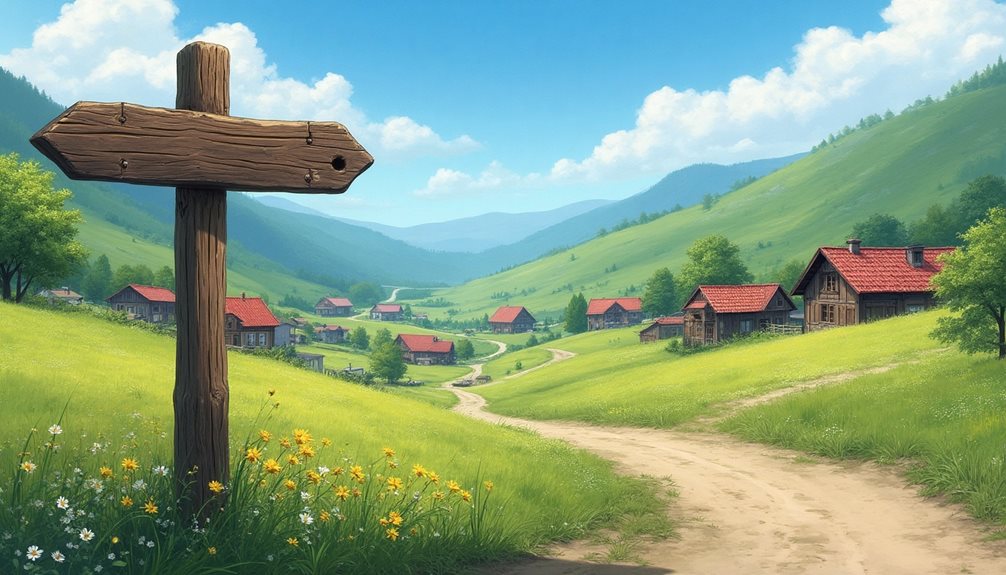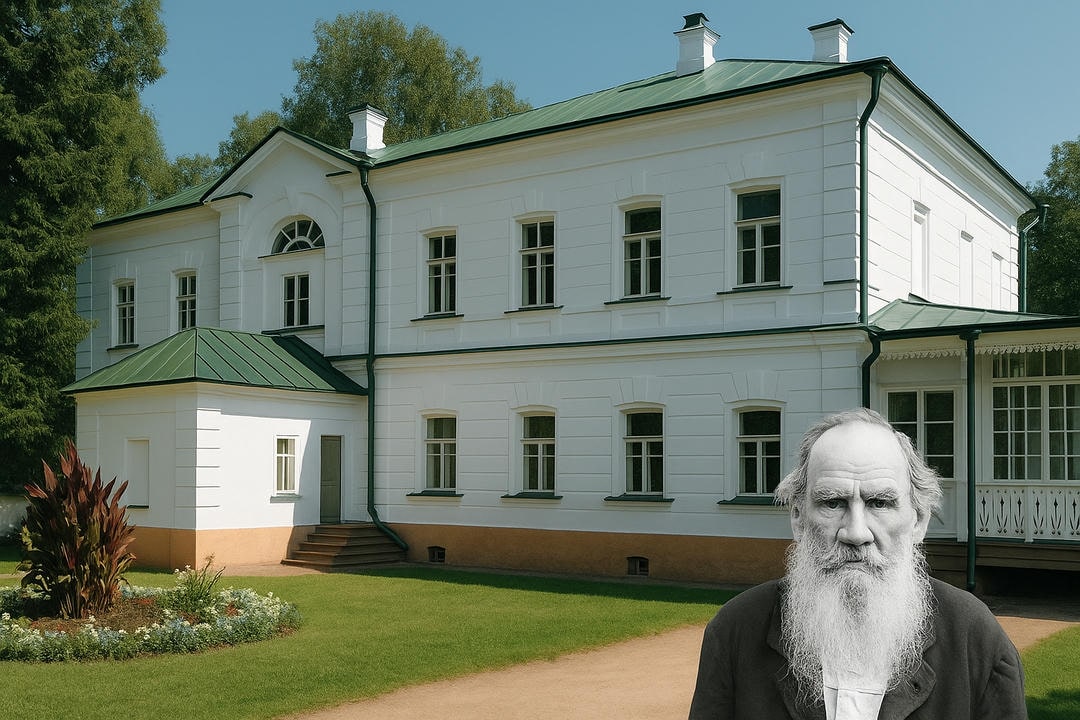The plight of endangered bird species in Russia, such as the Siberian Crane and the Yellow-breasted Bunting, underscores a critical environmental crisis driven by habitat destruction, hunting, and climate change. Despite ongoing conservation efforts, these avian populations continue to face precarious declines. Measures such as habitat protection and anti-poaching laws are pivotal, yet the question remains: are these initiatives enough to reverse the trend? The role of international cooperation and local engagement appears indispensable in this complex battle for survival. Could these collective efforts mark a turning point in safeguarding Russia’s avian diversity?
Siberian Crane

Amid the expansive wetlands of Russia, the Siberian Crane, also known as Grus leucogeranus, stands as a poignant symbol of conservation challenges. This striking bird, characterized by its snow-white plumage and distinctive red face, begins one of the longest migrations of any crane species, traveling thousands of kilometers between its breeding grounds in Siberia and wintering sites in China and Iran.
The Siberian Crane’s population has been dramatically reduced due to habitat loss, hunting, and human disturbances. These cranes depend on wetlands for breeding, staging, and wintering, yet these ecosystems are increasingly threatened by agricultural expansion, industrial development, and climate change.
The decline in suitable habitats has led to a significant decrease in crane numbers, with the International Union for Conservation of Nature (IUCN) listing the species as critically endangered.
Conservation efforts are ongoing, involving international cooperation under agreements such as the Convention on Migratory Species (CMS). These initiatives aim to protect essential wetland habitats and mitigate threats through legal frameworks, habitat restoration, and public awareness campaigns.
Despite these efforts, the survival of the Siberian Crane remains precarious, underscoring the urgent need for sustained and effective conservation measures.
Yellow-breasted Bunting
While the plight of the Siberian Crane highlights the challenges faced by Russia’s wetland species, another bird in peril is the Yellow-breasted Bunting, Emberiza aureola.
Once widespread across the Eurasian continent, this small, strikingly colored bird has experienced a catastrophic population decline of over 90% in recent decades. The primary driver of this decline is believed to be large-scale trapping during its migration through Southeast Asia, where it is considered a delicacy.
The Yellow-breasted Bunting breeds in the temperate regions of eastern Europe and northern Asia, favoring open grasslands, agricultural fields, and wetlands. It is easily recognizable by its vibrant yellow underparts and contrasting dark upperparts, making it a conspicuous target for poachers.
Habitat loss due to agricultural expansion and changes in land use further exacerbates the species’ vulnerability.
Recent conservation efforts have sought to address these threats by promoting international cooperation to enforce anti-poaching laws and protect critical habitats.
Despite these efforts, the Yellow-breasted Bunting remains listed as Critically Endangered on the International Union for Conservation of Nature (IUCN) Red List.
Continued vigilance and robust conservation strategies are essential to prevent this species from edging closer to extinction.
Sociable Lapwing

The Sociable Lapwing, Vanellus gregarius, is another critically endangered bird species in Russia, facing severe threats to its survival. Endemic to the steppes of Central Asia, this migratory bird historically thrived in the vast open grasslands. However, rapid habitat degradation, primarily driven by agricultural expansion and infrastructure development, has decimated its breeding grounds.
Additionally, the species suffers from significant hunting pressures during its migratory routes, further exacerbating its decline. The current population estimates suggest there are fewer than 10,000 individuals left in the wild, a stark contrast to their earlier numbers.
Conservation efforts are underway, focusing on habitat protection, anti-poaching measures, and international cooperation to safeguard migratory corridors. Importantly, organizations like BirdLife International and the Russian Bird Conservation Union have been pivotal in these efforts.
Research indicates that climate change poses an additional future threat, potentially altering the delicate balance of the steppes ecosystem. These multifaceted challenges necessitate a concerted effort from governmental bodies, conservationists, and local communities.
Only through a holistic approach can the ongoing decline of the Sociable Lapwing be halted, ensuring that this unique species does not vanish from Russia’s ornithological heritage.
Baikal Teal
Once a common sight in the wetlands of Siberia, the Baikal Teal, Sibirionetta formosa, now finds itself classified as an endangered species in Russia. This small, strikingly patterned duck is known for its unique plumage, featuring a combination of iridescent green, black, and white markings.
Historically, the Baikal Teal migrated in large flocks across the Russian Far East, Northern China, and Korea, utilizing the abundant wetlands for breeding and foraging.
The decline in Baikal Teal populations is primarily attributed to habitat destruction, particularly the drainage and degradation of wetlands for agriculture and urban development. Additionally, illegal hunting has further exacerbated their dwindling numbers.
Climate change also poses a significant threat, altering the delicate balance of their wetland ecosystems and affecting food availability.
Conservation efforts are underway to protect the remaining populations. These include legal protections, habitat restoration projects, and international cooperation among countries within the bird’s migratory range.
Effective conservation strategies require ongoing research, monitoring of populations, and increased public awareness to guarantee the survival of this species. The plight of the Baikal Teal underscores the broader environmental challenges facing many waterfowl species in Russia and beyond.
Oriental Stork

How has the Oriental Stork, Ciconia boyciana, managed to evade extinction despite facing numerous threats? The species has shown remarkable resilience through adaptive behaviors and conservation efforts. Historically prevalent across East Asia, their population declined sharply due to habitat loss, wetland drainage, and pollution. The bird’s survival can be attributed to targeted conservation initiatives, particularly in Russia and China, where breeding programs and habitat restoration have been prioritized.
In Russia, extensive measures have been undertaken to protect and rehabilitate the stork’s natural habitats. Conservationists have focused on preserving wetlands and creating artificial nesting sites to foster breeding. The implementation of stringent anti-poaching laws has also been instrumental in mitigating human-induced threats.
Additionally, international collaboration has played a vital role, with Russia partnering with neighboring countries to monitor migration patterns and guarantee safe passage for these migratory birds.
Furthermore, public awareness campaigns have been essential in garnering local support for conservation efforts. Educational programs aimed at communities living near stork habitats have heightened awareness of the species’ plight, encouraging more sustainable interaction with the environment.
These thorough measures have collectively contributed to the Oriental Stork’s continued survival, offering a glimmer of hope for its future.




